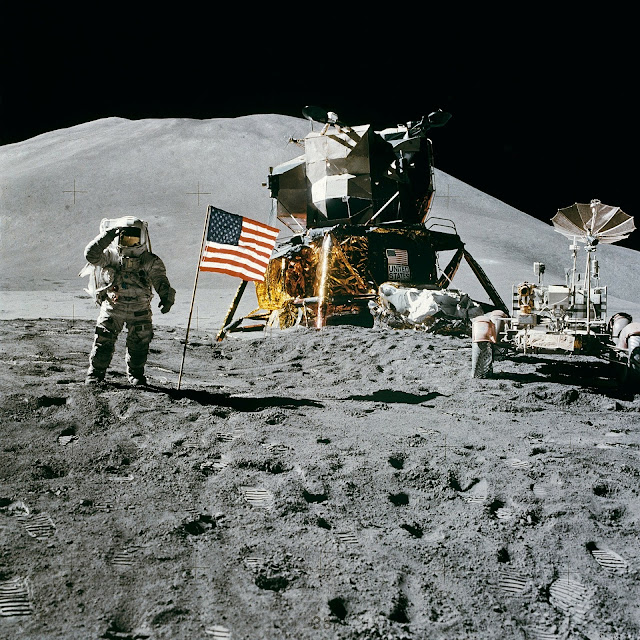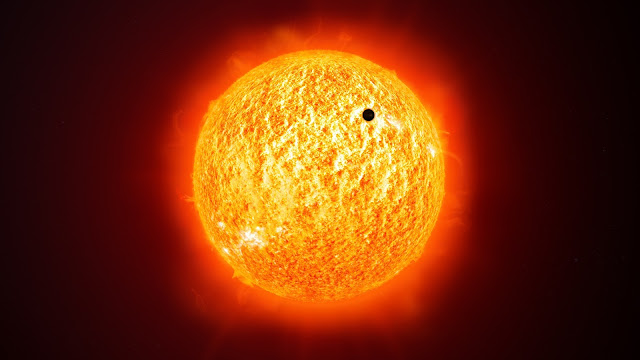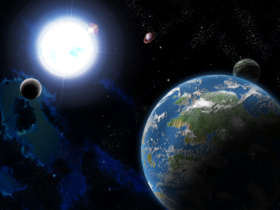Table of Contents
NASA stands for National aeronautics and space administration. It is an executive branch of federal government of United States. NASA is responsible for the civilian space programs and research on aeronautics and aerospace. NASA is known to be most advanced space agency in world.
It was formed on 29 July, 1958 by President Dwight D. Eisenhower. The firm was established with an orientation to encourage peaceful applications in the space science. NASA led most of the U.S. space exploration efforts which includes
- The Apollo Moon landing missions,
- Skylab space station,
- The Space Shuttle Program,
- International Space station Program,
- The Mercury Program etc.
Currently, NASA is supporting the International Space Station and is looking after the development of the Orion Multi-Purpose Crew Vehicle, the Space Launch System and Commercial Crew vehicles. NASA is also responsible for the Launch Services Program (LSP) in which, it provides the oversight of launch operations and countdown management for satellite launches.
Now let’s talk about the missions performed by NASA
 |
| Fig: Moon landing Mission |
1. The Apollo Moon Landing Mission (1961-1972)
The mission was started on 25 May, 1961 which committed the federal government to a program to land a man on the moon. Thus giving a name, The Apollo Moon Landing Mission. It was one of the most expensive American scientific program which costed around $20 billion in 1960s. The size of the spacecraft was very large as it was having two main parts. The combined command and service module (CSM) and the lunar landing module (LM). The LM was to be left on the Moon and only the portion containing the three astronauts, the command module (CM) would eventually return to Earth.
In December 1968, the second manned mission was, Apollo 8, which brought astronauts for the first time in a flight around the Moon. Shortly before the Apollo missions, the Soviets had sent an unmanned spacecraft around the Moon. On the next two missions the astronauts which were needed for the Moon landing were practiced for it and then finally the Moon landing was made on the Apollo 11 mission in July 1969.
Neil Armstrong became the first person to stand on the Moon. It was followed by Buzz Aldrin, while Michael Collins orbited above. After that five subsequent Apollo missions also landed astronauts on the Moon, the last in December 1972. Throughout these six Apollo spaceflights, twelve men walked on the Moon. These missions returned a collection of scientific data and an approximate of 381.7 kilograms (842 lb.) of lunar samples were collected in total. The list of topics covered by experiments performed by the Apollo moon landing mission included soil mechanics, meteoroids, seismology, heat flow, lunar ranging, magnetic fields, and solar wind. The Moon landing mission marked the end of the space race and as a trademark Armstrong mentioned mankind when he stepped down on the Moon.
2. The Skylab Space station (1965- 1979)
United States’ first and only independently built space station was Skylab. Conceived in 1965 as a workshop to be constructed in space from a spent Saturn IB upper stage. The weight of the space station was approximate 169,950 lb. (77,088 kg) and the station was constructed on Earth. It was launched on May 14, 1973, atop the first two stages of a Saturn V, into a 235-nautical-mile (435 km) orbit inclined at 50° to the equator. The space station was damaged during launch by the loss of its thermal protection and also damaged one electricity-generating solar panel which was repaired by its first crew. The Space station was occupied by 3 successive crews in 1973 and 1974 for a total of 171 days. In addition, A laboratory was included in this station for studying the effects of micro gravity, and a solar observatory.What are Satellites? How do they work in space? Get all answers by clicking here.
3. The Space Shuttle Program (1972-2011)
In the late 1970s and the 1980s the Space Shuttle became the major focus of NASA. Therefore, Four space shuttle orbiters were built by 1985 in a planning for a frequent launch and mostly reusable vehicle. On April 12, 1981, the first to launch was Columbia.
The major components of that space shuttle was a space plane orbiter with an external fuel tank and two solid-fuel launch rockets at its side. The external tank was bigger than the spacecraft. It was the only major component that was not to be reused. The shuttle could easily orbit in altitudes of 185–643 km (115–400 miles) and can carry a maximum payload (to low orbit) of 24,400 kg (54,000 lb.). Therefore, The missions performed by these space shuttle program could last from 5 to 17 days and crews could be from 2 to 8 astronauts.
4. The International Space Station Program (1993-present)
The International Space Station (ISS) is a combination of NASA’s Space Station Freedom project with the Soviet/Russian Mir-2 station, the European Columbus station, and the Japanese Kibo laboratory module. NASA originally planned to develop Freedom alone in the 1980s. But due to the US budget constraints forced them to the merger of these projects into a single multi-national program in 1993.
It was managed by NASA, the Russian Federal Space Agency (RKA), the Japan Aerospace Exploration Agency (JAXA), the European Space Agency (ESA), and the Canadian Space Agency (CSA). The International space station consists of pressurized modules, external trusses, solar arrays and other components. However, they have been launched by Russian Proton and Soyuz rockets, and the US Space Shuttles.
5. The Mercury Program (1958-1963)
Project Mercury was the first human spaceflight program of the United States. It was running from 1958 through 1963. McDonnell Aircraft produced the Mercury space capsule. It also carried the supplies of water, food and oxygen for about one day in a pressurized cabin. The Mercury flights were launched from Cape Canaveral Air Force Station in Florida, on launch vehicles modified from the Redstone and Atlas D missiles. The capsule was also fitted with a launch escape rocket to carry it safely away from the launch vehicle in case of any failure which can occur.
However, the flight was designed in such a way that it can be controlled from the ground via the Manned Space Flight Network and a system of tracking and communications stations, the back-up controls were also outfitted on board.
The spacecraft was taken out from its orbit with the help of the small retrorockets. After that an ablative heat shield protected it from the heat of atmospheric reentry. Finally, a parachute slowed the craft for a water landing. After that both astronauts and capsule were recovered by helicopters deployed from a US Navy ship.
Further details of all of the missions will be provided in other blogs. So keep visiting our blog for updates.
Thanks for your precious time given to us. Share and Comment your Questions.











Leave a Reply
View Comments